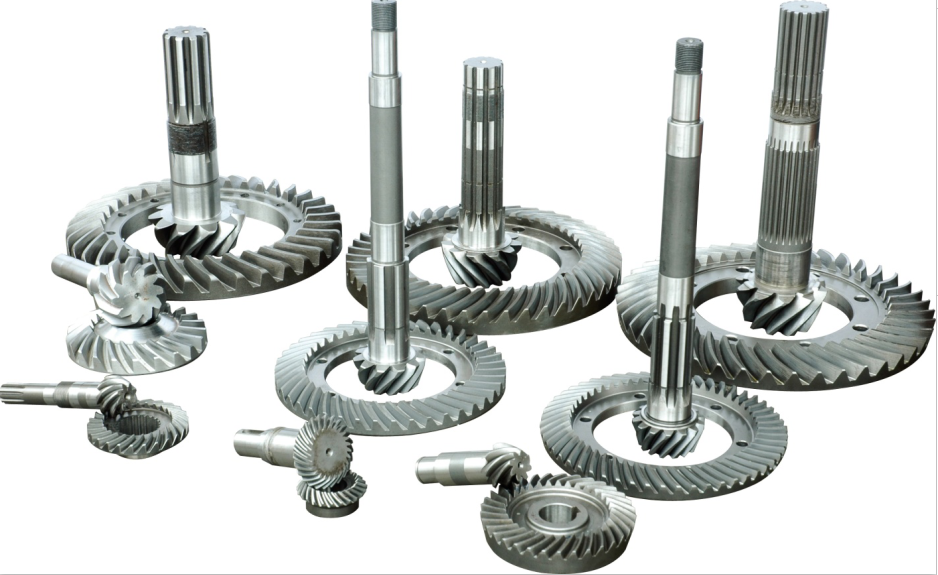
Worm gears are a unique type of power transmission system that consists of a worm (also known as a worm screw) and a worm wheel (also known as a worm gear). They offer distinct advantages and have specific applications where their unique characteristics are beneficial. Let’s unravel the mechanics and applications of worm gears:
1. Mechanics of Worm Gears:
Worm gears operate on a screw-like mechanism, where the worm rotates to engage and drive the worm wheel. The worm has a helical thread, called the “worm thread,” that meshes with the teeth of the worm wheel. The rotation of the worm causes the worm wheel to rotate, resulting in power transmission.
The helical design of the worm thread allows for a large contact surface area, enabling high torque transmission. The angle of the helix, known as the “lead angle,” determines the gear ratio and affects the efficiency and self-locking capability of the worm gear system.
2. Advantages of Worm Gears:
Worm gears offer several advantages in power transmission systems:
- High Gear Reduction: Worm gears can achieve high gear reduction ratios in a single stage, allowing for compact and space-saving designs.
- Self-Locking: The sliding action of the worm and the non-reversibility of the tooth engagement make worm gears inherently self-locking. This feature prevents back-driving and provides mechanical braking capability, making worm gears suitable for applications where holding the load in place is critical.
- Compact Design: The compact nature of worm gear systems allows for efficient use of space in applications where size constraints are a concern.
- High Torque Transmission: The sliding contact between the worm and the worm wheel teeth enables efficient torque transmission, making worm gears suitable for applications requiring high torque output.
- Quiet Operation: Worm gears operate with relatively low noise levels due to the sliding contact between the worm and the worm wheel teeth, which results in reduced gear meshing noise.
3. Applications of Worm Gears:
Worm gears are employed in various applications that benefit from their unique characteristics:
- Conveyor Systems: Worm gears are used in conveyor systems to provide controlled and precise movement of materials or products.
- Lifting and Hoisting Equipment: Worm gears are utilized in lifting and hoisting equipment, such as cranes, lifts, and elevators, to provide the necessary torque and holding capability.
- Steering Systems: Worm gears are commonly found in steering systems of vehicles, including automobiles and heavy machinery, enabling smooth and precise steering control.
- Winches and Winders: Worm gears are used in winches and winders to provide the required torque for winding or unwinding operations.
- Robotics and Automation: Worm gears find applications in robotic systems and automated machinery where self-locking capability and high torque transmission are essential.
- Valve Actuators: Worm gears are employed in valve actuation systems, allowing for precise control of valve opening and closing in various industries, including oil and gas, water treatment, and chemical processing.
- Machine Tools: Worm gears are utilized in machine tools, such as milling machines and lathes, to achieve precise rotational motion and control.
These are just a few examples of the applications where worm gears are beneficial. The unique characteristics of worm gears make them suitable for scenarios that require high gear reduction, self-locking capability, and efficient torque transmission.
